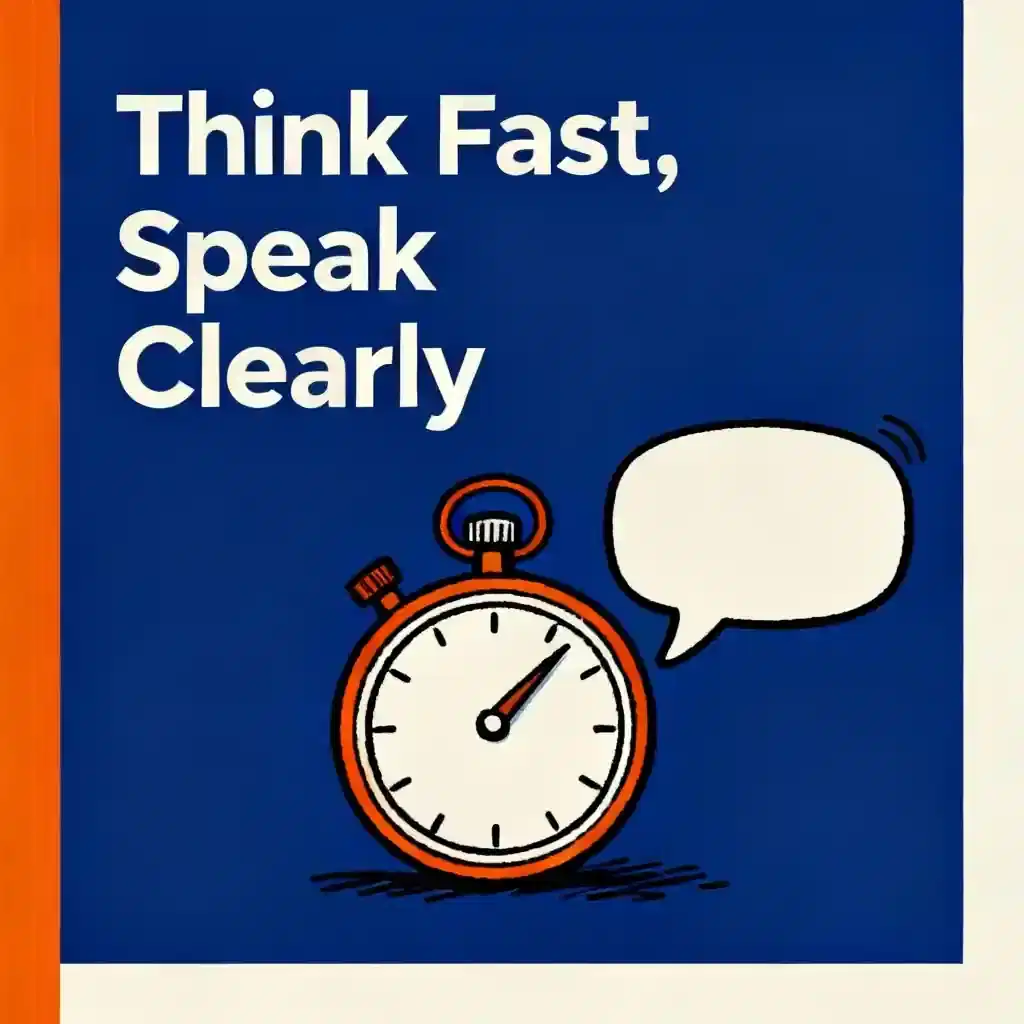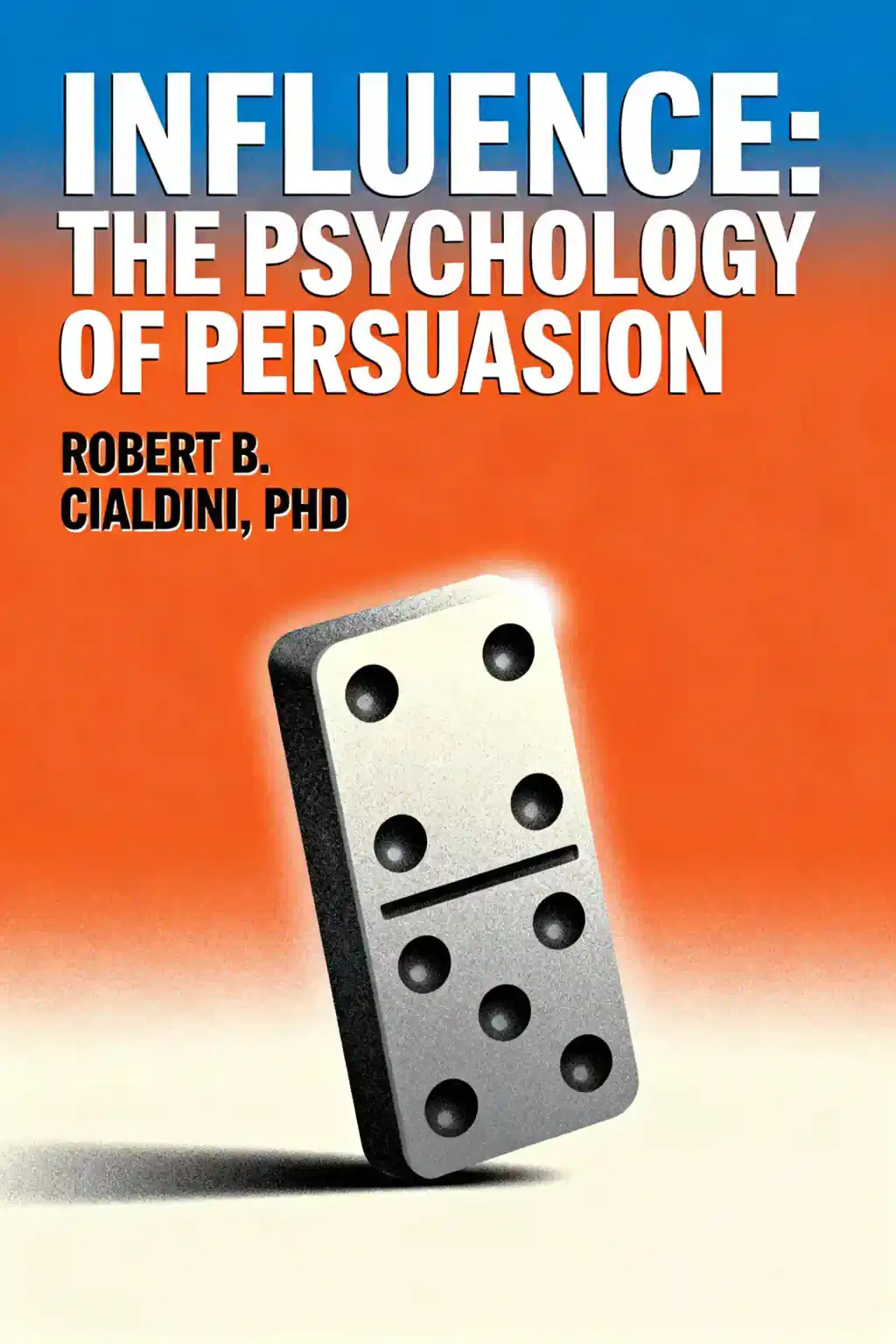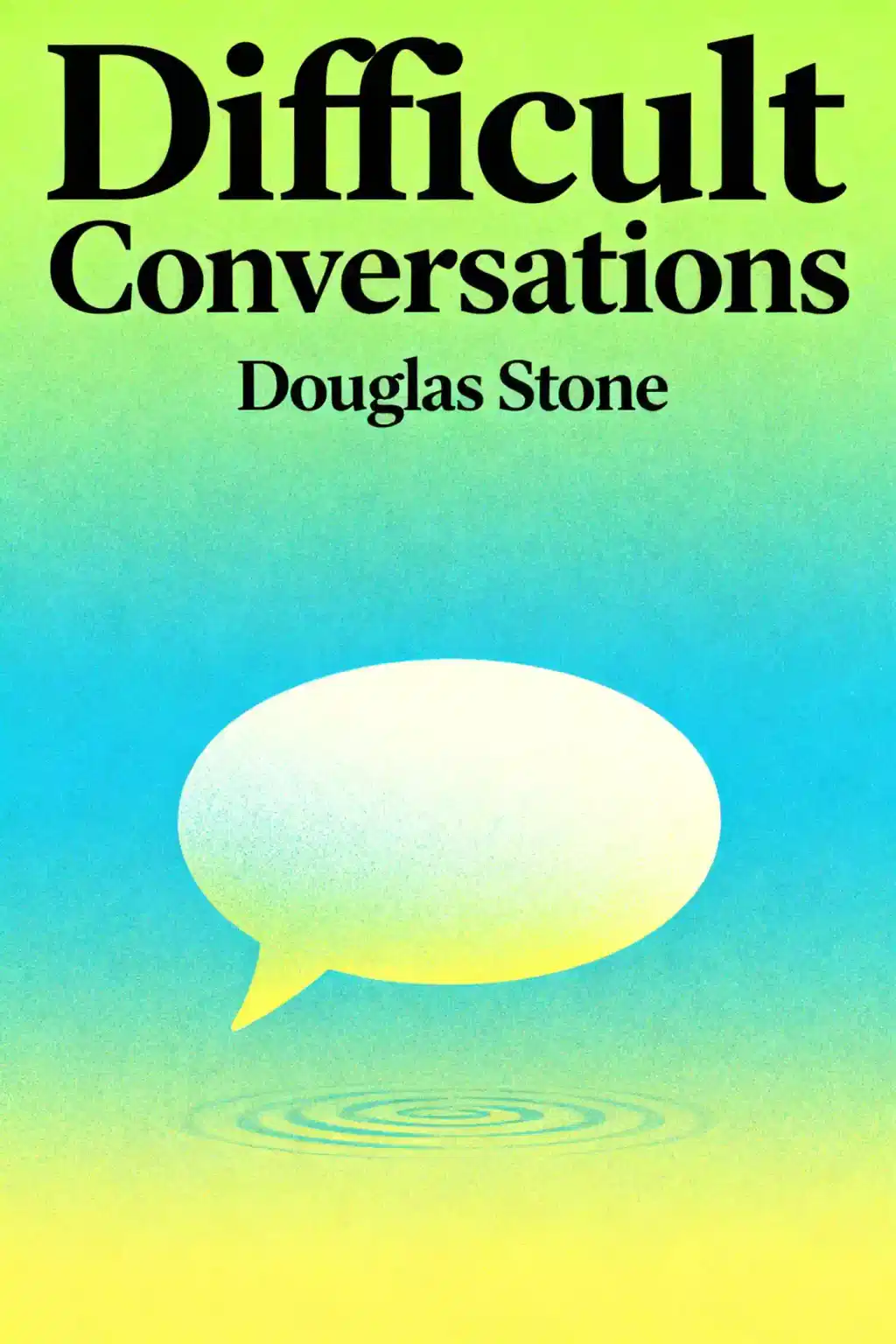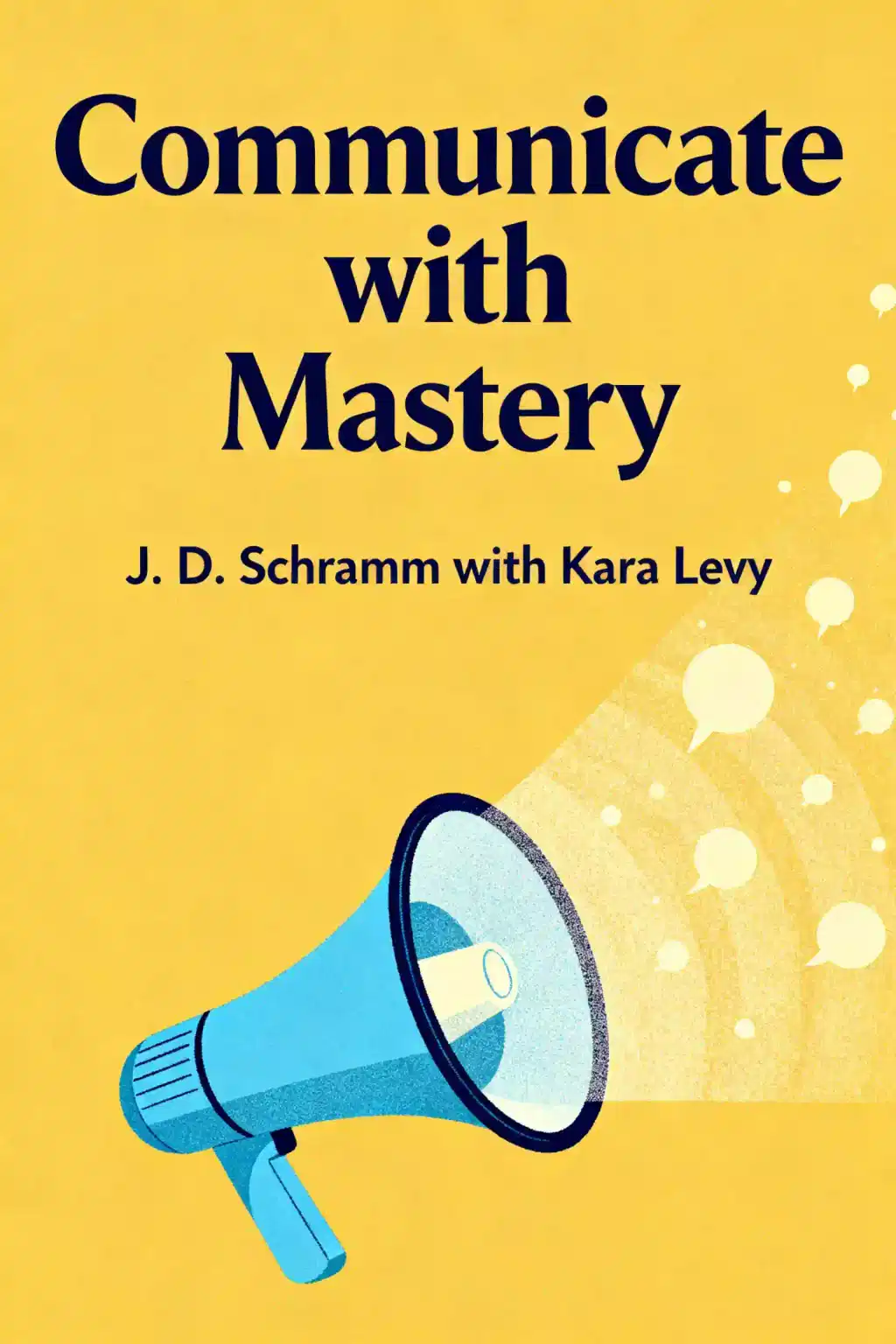What is
Smart Calling by Art Sobczak about?
Smart Calling by Art Sobczak teaches a strategic approach to sales calls that replaces cold calling with research-driven "smart calls." It focuses on eliminating rejection by using pre-call intelligence, personalized communication, and ethical selling to build trust. The book provides actionable steps to turn cold calls into warm conversations, emphasizing preparation, goal-setting, and leveraging digital tools like social media.
Who should read
Smart Calling?
Sales professionals, entrepreneurs, and anyone making prospecting calls will benefit from Smart Calling. It’s ideal for those seeking to reduce rejection rates, improve phone-based sales efficiency, or adopt a customer-centric approach. The techniques are particularly valuable for B2B sales teams and remote workers relying on phone communication.
Is
Smart Calling worth reading?
Yes, Smart Calling is worth reading for its practical, no-nonsense techniques to refine cold calling. It offers immediate strategies for research, scripting, and goal alignment, though some critics note repetition of basic sales principles. The book’s focus on reducing fear and building confidence makes it a standout resource.
Art Sobczak is a sales trainer and author specializing in phone-based prospecting for over 30 years. He received the AA-ISP Lifetime Achievement Award and hosts The Art of Sales podcast. His methods emphasize low-pressure, ethical communication, and his book Smart Calling became a #1 Amazon bestseller in sales.
How does
Smart Calling differ from traditional cold calling?
Smart Calling replaces random cold calls with targeted outreach using pre-researched prospect data. Sobczak emphasizes understanding a prospect’s needs, industry challenges, and digital footprint (e.g., social media activity) to personalize conversations. This approach reduces rejection by positioning calls as solutions rather than interruptions.
What are the key techniques in
Smart Calling?
Key techniques include:
- Pre-call research: Use tools like InsideView to gather prospect insights.
- Goal-driven scripting: Define clear objectives (e.g., scheduling a meeting) before dialing.
- Value-first communication: Focus on how your offering solves the prospect’s pain points.
- Post-call follow-up: Systematically track outcomes and refine strategies.
What digital tools does Art Sobczak recommend?
Sobczak advocates for InsideView, a platform consolidating company data, news, and social updates into one dashboard. He also highlights LinkedIn for identifying decision-makers and monitoring industry trends. These tools help tailor calls to prospects’ roles and current business priorities.
How to set effective goals in smart calling?
Goals should be specific, measurable, and tied to prospect outcomes, like securing a follow-up call or providing targeted resources. Sobczak advises against vague aims like “making a sale” during initial contact. Instead, focus on incremental steps that build rapport and demonstrate value.
What are common criticisms of
Smart Calling?
Critics argue the book overlaps with standard sales training content and lacks innovation for experienced professionals. Some find its B2B focus too narrow, while others note repetitive sections. However, most agree its actionable frameworks benefit newcomers.
How does
Smart Calling handle rejection?
The book reframes rejection as a mismatch between the offer and the prospect’s needs, not a personal failure. Sobczak teaches “exit lines” to politely end unproductive calls and encourages analyzing outcomes to refine future approaches. This mindset reduces anxiety and improves resilience.
What is the "Smart Call Methodology"?
This methodology involves three stages:
- Research: Gather data on the prospect’s role, company, and pain points.
- Prepare: Craft a script aligning the call’s purpose with the prospect’s needs.
- Execute: Deliver a conversational pitch focused on mutual benefit, not sales jargon.
How does
Smart Calling apply to modern sales?
In 2025’s hybrid sales environment, Smart Calling’s emphasis on digital research and remote communication remains relevant. Its strategies align with virtual selling trends, helping reps stand out in crowded markets by combining AI-driven data with human-centric dialogue.


















